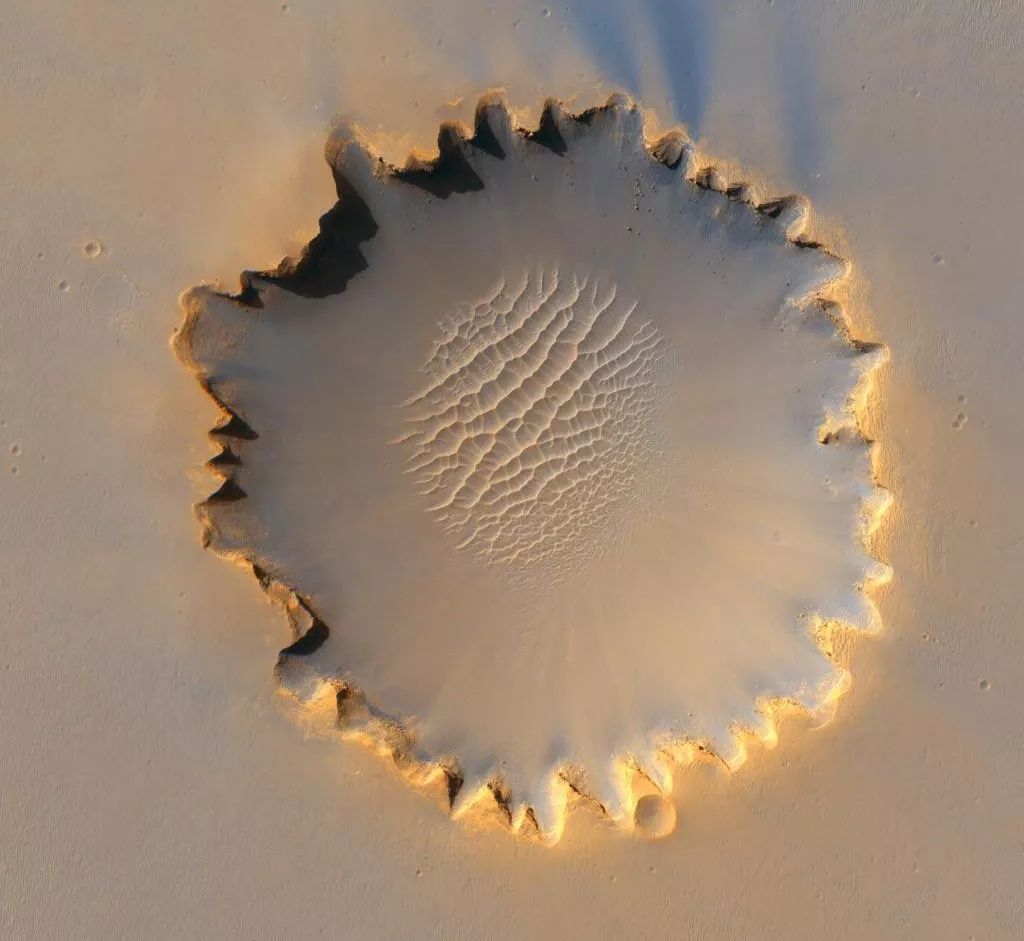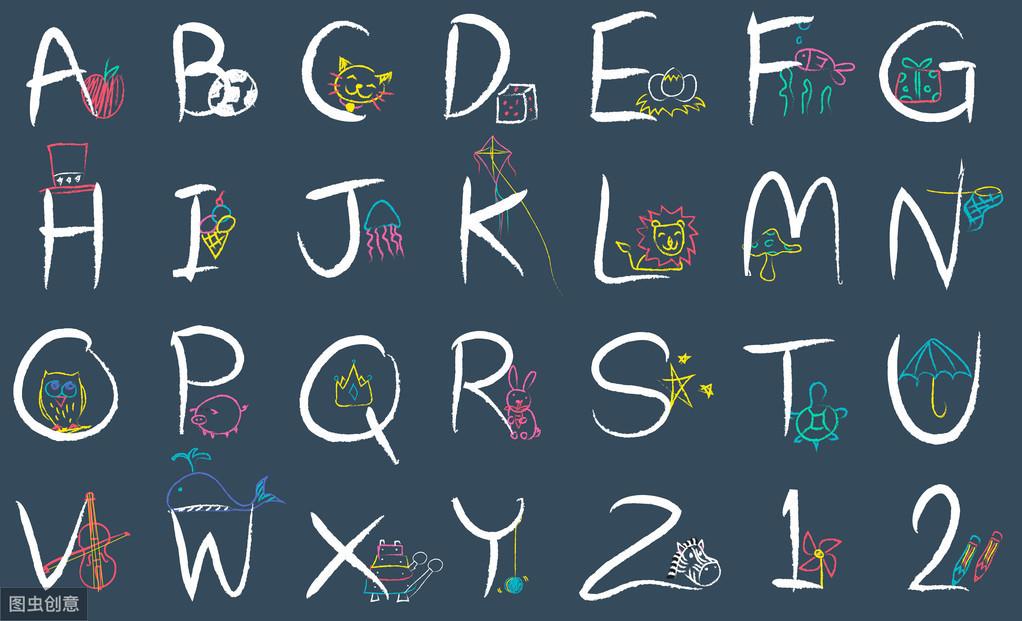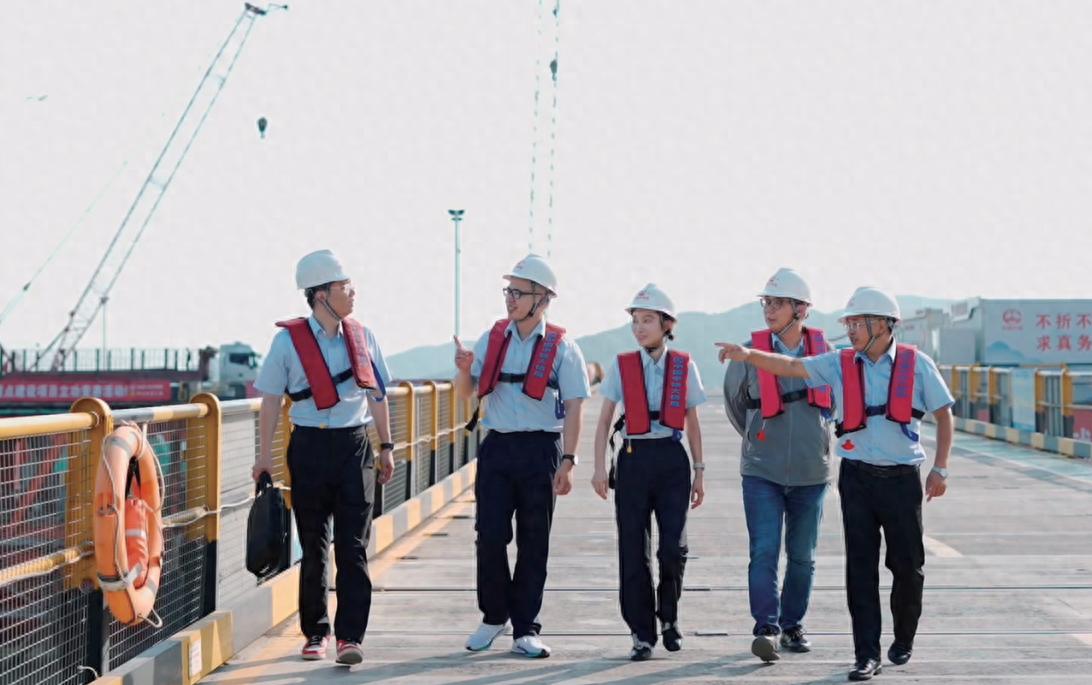
不少外刊都有一个“讣告”(obituaries)版块,会发布本刊对于最近逝世名人的讣告。上周出版的《经济学人》当中出现了一篇很特殊的讣告——文章的主人公不是人类,而是美国“机遇号”火星车。
“机遇号”于2004年1月25日登陆火星表面后便开始了长达15年的漫游,它在火星上取得了一系列重大发现,拓宽了人类对火星的认知边界。2018年6月,火星上刮起了巨大的沙尘暴,NASA与“机遇号”失去联系。在接下来的半年多时间里,NASA一直尝试唤醒它,但都以失败告终。2019年2月12日,NASA正式宣布结束“机遇号”火星探测器的使命。
这篇讣告回顾了“机遇号”的一生,文笔优雅且富含感情,是一篇非常出色的作品。我将全文贴在下面,并附上我的解析:
It travelled more than 500m kilometres simply as a passenger, sleeping dreamless, vacuum-packed. The five-and-a-half-month voyage was devoid of all interest until the very end, when the spacecraft lost 20,000kph of its velocity in just over six minutes as it plunged through an alien sky to the desert below. Parachutes spread and airbags deployed. The package bounced, rolled and came to rest.
The five-and-a-half-month voyage was devoid of all interest意思是“这段长达五个半月的旅途毫无乐趣可言”。Interest在这里的意思是“引人关注的性质,趣味”(the quality that something has when it attracts your attention)。最后两句的一系列动词简洁有力,生动地写出了机遇号登陆时的过程:降落伞打开,气囊弹出,气囊触地后反弹翻滚,最终稳定下来。
Opportunity still had 45km to go.
Four hours after landing on January 25th 2004, it opened its eyes. Its makers, back on Earth, looked through them at a landing site as perfect as they could have wished for. Opportunity’s landing on Meridiani Planum, a little south of the Martian equator, had not been a particularly precise affair—it could have come down anywhere in an ellipse some 100km long and 18km wide. But by chance the spot where it had ended up, about 25km from the centre of the target, was inside a small crater dug out by ameteorite impact. On the side of that crater the scientists saw straight away the distinctive strata of sedimentary rock. Nothing of the sort had ever before been seen beyond the Earth. It was exactly the type of thing the robot had been sent to find.
文中出现了不少拟人化的表达,比如这一段第一句:…it opened its eyes. 这样写更能体现作者对机遇号的感情。
Opportunity was officially mer-b, the second of the two rovers of the Mars Exploration Rover programme; mer-a, Spirit, had landed a few weeks earlier in the great Gusev Crater, almost half the planet away. Unofficially, it was Oppy, and often a she. The two rovers’ missions were due to last 90 sols—a sol being the 24 hours and 40 minutes it takes Mars to turn on its axis. Faced with that time limit, Opportunity’s minders were thrilled not to have to spend any of those precious sols just looking for interesting rocks.
Unofficially, it was Oppy, and often a she.意思是“在非正式场合,机遇号也被称为Oppy,而且它通常是一个女性角色”。这里she作为名词使用,意思是“女性,雌性”,比如:I couldn’t tell if the tortoise was a he or a she.
For the first 56 sols, Opportunity never strayed more than ten metres from that propitious landing site. It took pictures with its various cameras, ground holes with its little rasping drill, dug a trench by spinning one wheel while it kept the others locked, measured the spectra of various minerals. The scientists concluded that the sediments they saw had been laid down in a salty dying sea. If that had been all Opportunity had ever told them, the mission would have been counted a great success.
最后一句话的含义是“如果这就是机遇号所能告诉科学家们的全部发现,这次任务本来就可以算是一次巨大的成功了”。这里用虚拟语气可以为下文做铺垫:机遇号其实发现了更多东西。
But on Sol 57, it ventured out into the wider world.
Guided by pictures from satellites above, Opportunity headed for a deeper crater, Endurance, a kilometre or so away. It drove down into it and looked around further, poking and prodding for the rest of the year. A human geologist might have accomplished as much or more by way of assessment in a leisurely afternoon. But the nearest human geologists were on another planet, and likely to remain there for some decades to come.
After climbing back out of Endurance—no one had known whether it would be able to—Opportunity was sent off to inspect the jettisoned heat-shield that had protected it as it burned down through the Martian atmosphere, now a glinting monument on the pockmarked plain. It was not the only thing that had fallen from the sky. As it rolled on, Opportunity came across a meteorite, its lithology distinctively un-Martian. Later it took a little video of Phobos, the larger of Mars’s small moons, passing as a shadow across the face of the Sun.
On Sol 946, in September 2006, Opportunity reached Victoria Crater, seven kilometres from its landing site, 800 metres across. Its makers knew that the 90-sol lifetime they had promised for Opportunity and Spirit was conservative, a low bar to ensure some kudos for “mission accomplished”. But none had expected it to be surpassed by a factor often.
mission accomplished这一说法来源于1943年美军关于B-17轰炸机的宣传片,后来这一短语被广泛用于指“任务完成”。小布什在2003年也发表过一个同名演讲。

That said, it had not all been plain rolling. Opportunity had spent a few harrowing sols stuck in sand at Purgatory Ripple; later, one of its steering motors failed. While it was exploring Victoria it was caught in a global dust-storm that cut it off from Earth and covered its solar panels with dirt. Happily, though, the same winds that drove the storms also blew the panels clean, or cleaner, after their passing. A joint in the shoulder of its robot arm, dicky since the mission started, finally seized up.
第一句中的that said是一个固定短语,含义是“即便如此”,可以用来引导让步句。上一段末尾讲到机遇号的发现比科学家们预想的要大10倍,这一段开头用该短语进行让步:That said, it had not all been plain rolling.(尽管如此,机遇号的旅程也并非一路坦途)。
On March 30th 2011, Sol 2,155 of its mission to Gusev, Spirit failed to check in with Earth by radio as scheduled; it was never heard from again. Opportunity continued its long trek to Endeavour crater, 1,000 times larger than the crater in which it had started off. The point where it reached the rim was named Spirit Point, in memoriam. On August 6th 2012 a newer, bigger rover, Curiosity, landed at the foot of Aeolis Mons, thousands of kilometres away. Opportunity looked after itself for nine days to allow the scientists and engineers to make a fuss of the newcomer, then set out to study the intriguing smectite clays that a European orbiter had detected on Cape York, a peak further along Endeavour’s rim.
In Perseverance Valley
As the unexpected years went by, Opportunity continued along the hilly rim of Endeavour until it came to Perseverance Valley, which cuts through towards the crater floor. It was heading down the valley when, on June 10th 2018—Sol 5,111, well over seven Martian years of service—another dust storm cut it off from Sun and Earth. When, after months, the global storm subsided, the rover’s minders, now family, waited for its solar panels to be blown clean. It appears they were not. After over 1,000 messages attempting to restore contact, Opportunity was declared lost on February 12th.
在长达数年的时间里,NASA的科学家一直在关注着机遇号的一举一动,对机遇号产生了感情。为了表达这种感情,作者在这里用了这样的说法:the rover’s minders, now family,将科学比作机遇号的家人,说明感情之深。
If more than a handful of people ever get to explore Mars in person, surely one day someone will follow its tracks down Perseverance, looking for the mast on which its cameras are mounted—separated for stereoscopy, easily anthropomorphised—to honour a pioneer who travelled far and provided insight after insight into the history of Mars. Until then, imagine her as she was photographed by the orbiting HiRise camera after first reaching the scalloped rim of Victoria, looking down onto its rolling dunes: a tiny speck perched on a promontory peak, a new planet swimming before her eagle eyes, watched in silence from the skies.
这一段是全篇的精华,但有些地方不太好理解,这里解释一下:
第一句话的意思是如果将来有足够数量的人类登陆火星,那么肯定有人会沿着当年机遇号在火星毅力谷上的轨迹,一路寻找机遇号装有摄像机的桅杆,以此来纪念这位在火星上长途跋涉,为人类认识火星历史提供新视野的先驱者。机遇号上的摄像机用于构建立体视觉,而且桅杆上摄像机的形象很容易拟人化(看起来像两只眼睛)。所以原文中才有这样的说法:separated for stereoscopy, easily anthropomorphised
第二句话的意思是:等到那个时候,想象一下机遇号之前被火星轨道上的HiRise相机拍摄到的样子。彼时的机遇号正处于维多利亚陨石坑的扇形边缘,面前是火星上无边无际的沙丘。在HiRise拍摄的照片中,一个小点出现在峡谷边缘,一颗新行星在机遇号眼前飘忽不定,在太空中默默注视着它。
为了更直观地展现这一场景,我在NASA官网上找了维多利亚陨石坑的图(机遇号就处于陨石坑的边缘):

最后一句话像电影长镜头一样将视角从火星地面拉到太空。从太空中看,机遇号只是火星上一个微不足道的小点,在它眼前是星辰大海。整个场面非常宏大壮阔,让人回味无穷。
限 时 特 惠: 本站每日持续更新海量各大内部创业教程,一年会员只需98元,全站资源免费下载 点击查看详情
站 长 微 信: lzxmw777





